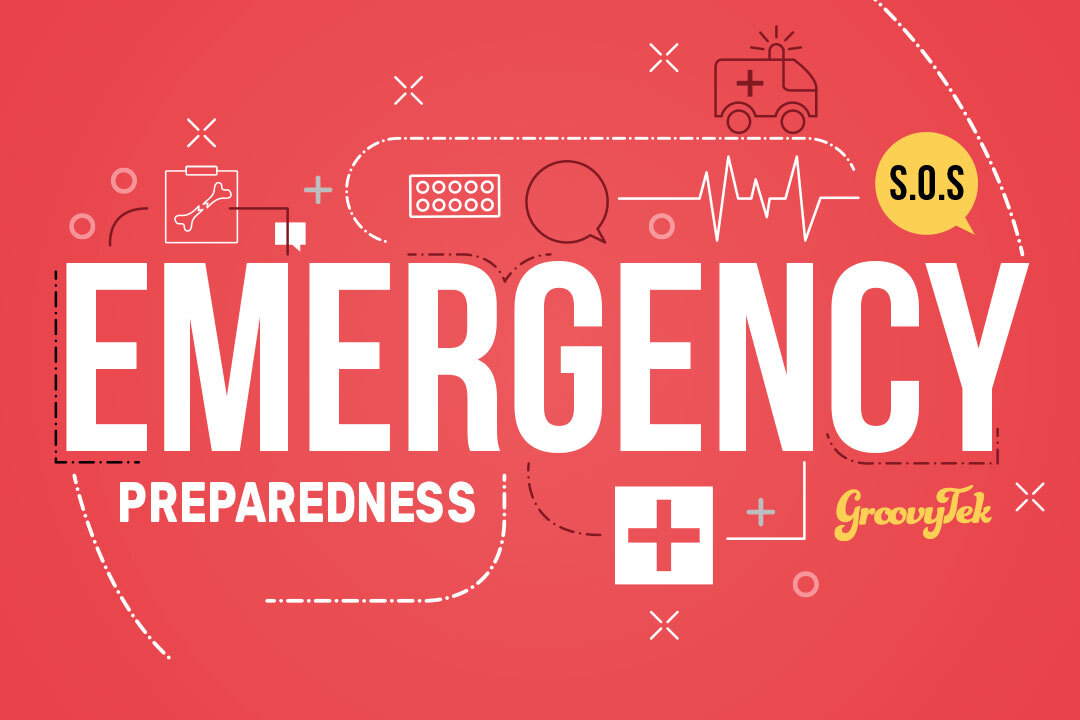Emergency Preparedness & Response

About Course
This foundational course provides employees with the essential knowledge and skills required to respond effectively during workplace emergencies. In any crisis, a prepared and confident workforce is the most critical asset for protecting lives, minimizing damage, and ensuring business continuity. This program is designed to empower every team member, regardless of their role, to understand and participate in the organization’s emergency action plan.
The curriculum covers the full spectrum of emergency management, from identifying site-specific hazards and understanding evacuation procedures to coordinating with first responders and participating in community-based response efforts. Through practical lessons and simulated emergency drills, participants will move beyond theoretical knowledge to build the “muscle memory” needed to act decisively under pressure. Upon completion, employees will be equipped to serve as capable “immediate responders,” contributing to a safer and more resilient work environment for everyone.
Course Content
Introduction to Emergencies and Disasters
-
1. Defining Our Terms: Hazard, Emergency, and Disaster
-
2. The Four Phases of Emergency Management: A Cycle of Safety
-
3. Types of Hazards: What Are We Preparing For?
-
4. Your Role: The First Line of Safety
01:07 -
Key Takeaways/Summary:
Risk Identification and Hazard Mapping
Emergency Planning and Evacuation Procedures
Coordination with Emergency Services
Community-Based Response Strategies
Simulated Emergency Drills
Certificate in Emergency Response Preparedness
Final Exam
Student Ratings & Reviews
